How far do each of the films you have studied represent key characters in ways that reinforce or challenge the audience’s expectations?
Autumn 2020

Introduction:
Wild Tales (Damián Szifron, 2014) is an Argentinian comedy/drama of the portmanteau genre. The film contains six short ‘tales’ which are all connected by the thematic concepts of revenge, catharsis and vengeance.
Throughout the “Wedding Sequence” of the film, characters such as Romina and Ariel are represented in ways that reinforce stereotypical gender roles. As well as this, characters are used to represent the underlying theme of superficiality that is reinforced throughout the tale. In order to do this, Szifron implements the key elements of film form in a variety of ways to reinforce the characters in ways that both challenge and reinforce the viewer’s expectations.
Cinematography:
Young Romina (frame within frame), various two-shots and long shots of well-dressed guests,
Single shot tracks couple, centrally framed Romina, photo frame, pushes into Romina’s changing expression, zoom in on Lourdes, Romina isolated in frame (harsh lighting), mirror shot
Focus pulls, centrally framed imposing shot
Tight focus on couple, shallow depth of field, shot/reverse shots (unsynchronised), Dutch angle
POV shot of distraught guests, unflattering low-angle, handheld camera, birds-eye-view
Low-angle of Romina (upper hand), wide shot of chef, handheld camera displays unhinged guests, two-shots create desperation
Sound:
Titanium
Ringing phone, dialogue, breathing
Blue Danube juxtaposes Romina’s state of mind, rises as they touch hands
Lighting and wind (pathetic fallacy),
Dramatic score, exclusive diegetic sound later on, gunshot tease
Mise-en-scène:
Red curtain, stereotypical bride and groom outfit, immaculate hair, scruffy Ariel
Lourdes’ dress, Romina disheveled appearance
Green lighting, pathetic fallacy
Romina at most disheveled, blood on dress
Hollow motions, removal of hair extension
Editing:
Parallel editing (couple face opposite directions)
Longer focus on Romina
Shot/reverse shot between Romina and chef, glance object, alternating edit, cross cutting
Performance:
Superficial happiness, over-zealousness foreshadows infidelity, artificial friendly gestures between guests
Women scream, men act boisterously, Ariel looks at camera
Ostensible smiles, Romina’s fake smile, Facebook, jealousy seed
Ariel acts flirtatiously, mirror assessment, alcohol, Ariel’s darting eyes
Trembling voice, anger, throwing up
Artificially calm, sarcasm, Ariel’s true emotions – speaks genuinely
Essay – Version 1
Wild Tales (Damián Szifron, 2014) is an Argentinian comedy/drama of the portmanteau genre. The film contains six short ‘tales’ which are all connected by the thematic concepts of revenge, catharsis and vengeance.
Throughout the “Wedding Sequence” of the film, characters such as Romina and Ariel are represented in ways that reinforce stereotypical gender roles. As well as this, characters are used to represent the underlying theme of superficiality that is reinforced throughout the tale. In order to do this, Szifron implements the key elements of film form in a variety of ways to reinforce the characters in ways that both challenge and reinforce the viewer’s expectations.
The sequence begins with a projected closeup of a young Romina, creating a centrally positioned frame within a frame. This establishes Romina as the central protagonist and subtly focuses the viewer‘s attention onto her throughout the duration of the tale. Afterwards, we cut to a two shot of a wealthy couple at a table, displaying the light-heartedness of the event and reinforcing the viewer’s expectations of an opulent wedding. The diegetic compiled score, Titanium, further lightens the mood and pulsates throughout the reception. Being representative of strength and overcoming hardships, the carefully selected song choice ironically foreshadows Romina’s unpredictable actions. This ultimately challenges the viewer’s preconceived expectations of a grand wedding.
Romina and Ariel enter the reception through theatrical red curtain, which subtly suggests to the viewer that their relationship is merely a façade – challenging their expectations. Romina’s current purity is represented by a stereotypical white wedding dress and immaculate, whereas Ariel’s uncaring demeanour is represented through his scruffy, unshaven appearance. This perhaps reinforces the viewer’s expectations of a wedding being a ‘more feminine’ event.
As a single tracking shot follows the couple backwards, Romina is centrally framed which reinforces her as the protagonist. During this, the couple put on an extremely over-zealous façade by smiling and waving at each of the affluent guests they pass by. This suggests and foreshadows the couple’s infidelity towards each other, challenging the viewer’s expectations. As the two separate to join their respective friends and families, an example of parallel editing is implemented, reinforcing their distant relationship. To further accentuate this, the couple face opposing directions between the parallel edits. During the dance floor scene, the guests conform to stereotypical gender roles. The groups of women scream while the men act boisterously, which reinforces the viewer’s expectations of male and female stereotypes. As we see the setting from the camera’s perspective, Ariel looks directly at the camera which emphasises his artificial demeanour.
We then cut to a wide shot of the guests framed like a photo, during which each of the guests smile ostensibly – suggesting that no one truly wishes to attend. Alongside this, Romina also fakes a smile as she converses with one of the guests, clearly demonstrating her disinterest towards the conversation. The topic of Facebook is often mentioned throughout the conversation, reinforcing the superficiality the wedding represents.
As Romina begins to notice someone in the reception that she doesn’t know, the camera pushes into Romina’s changing expression to display her confusion. In response to this, the camera proceeds to zoom into the unknown woman as Ariel leans over to flirtatiously converse with Lourdes – foreshadowing their secret relationship. This uncommon technique is aptly utilised in order to divert the viewer’s attention towards her. Lourdes wears a black dress and has a star tattoo, attributing a sense of elegance and mystery to her character. As Romina’s heavy breathing rises in the mix, she briefly assesses herself in the mirror. This suggests to the viewer that Romina is questioning her own identity. After she learns the truth, Romina resorts to alcohol as a coping mechanism to recover from her distraught state of mind. This challenges the viewer’s expectations of what typically occurs at a wedding and raises the tension of the scene.
As Ariel and Romina begin to dance, the camera remains tightly focused on the couple in order to keep the viewer’s attention focused exclusively on the couple. The depth of field is extremely shallow to reinforce this. A sequence of shot/reverse shots occur as one person reacts to what the other is saying, informing the viewer of their respective state of minds. We also spend a longer amount of time focused on Romina, positioning the viewer to empathise with the protagonist to a higher degree. The implementation of a typically romantic complied score, The Blue Danube, ironically juxtaposes Romina’s chaotic state of mind, rising in the mix as the couple touches hands. After the heated conversation concludes, a Dutch angle is used to display Romina angrily storming off – signifying that her world is falling apart. In response to this, Ariel’s eyes dart around the room which implies that he is still attempting to maintain his reputable persona – challenging the viewer’s prior expectation of him as an uncaring groom.
Following this, there is a POV shot from Ariel’s perspective which displays an array of distraught guests, demonstrating their unfiltered emotions. As Romina heads for the roof, an unflattering low-angle shot of Romina tracks her unpredictable movements, exemplifying her anxiety. Her appearance is extremely disheveled and her makeup is ruined, reinforcing her raw emotions. A handheld camera is also used to illustrate Ariel’s distress as he pursues her.
As Romina reaches the top of the building, a birds-eye-view shot displays the colossal height of the building. Through this, the viewer is teased of the possibility of her jumping off as she leans over the edge. The pace of editing proceeds to slow to a halt as the chef offers his advice to Romina, incorporating a shot/reverse shot sequence between the pair. Ariel continues to run up the stairs to pursue Romina, during which the walls are illuminated with green lighting which is representative of the characters’ jealousy towards one another. During the confrontation, the narrative device of pathetic fallacy is utilised, incorporating thunder and lightning into the setting which is reflective of Romina’s irate feelings towards Ariel. Romina’s unhinged anger is further accentuated by an edit that alternates between an over-the-shoulder shot which displays Romina’s full figure, a three-quarter closeup of Romina as well as a reactionary shot of Ariel.
Afterwards, a low-angle shot of Romina displays her striding into the ballroom as a dramatic score emphatically enters the mix, informing the viewer that she has gained the upper hand. She remains artificially calm in order to maintain her façade of perfection. Alongside this, a wide shot demonstrates the chef’s humiliation as word of the rooftop events begin to spread. Here, Romina is at her most disheveled – her appearance is fully unhinged and the blood on her dress symbolises that her prior purity is eradicated. The removal of her hair extension represents her final stage of degeneration, challenging the viewer’s initial expectation of her. Finally, the sound becomes exclusively diegetic to underpin the sincerity of Ariel’s consoling words towards Romina. He speaks transparently and genuinely, indicating to the viewer that his persona of perfection has finally been abolished.
In conclusion, Damián Szifron aptly utilises the key elements of film form throughout the wedding sequence in order to represent the characters in ways that both challenge and reinforce the viewer’s preconceived expectations. These include the presentation of stereotypical gender roles as well as the exposure of the superficial façades the characters possess.
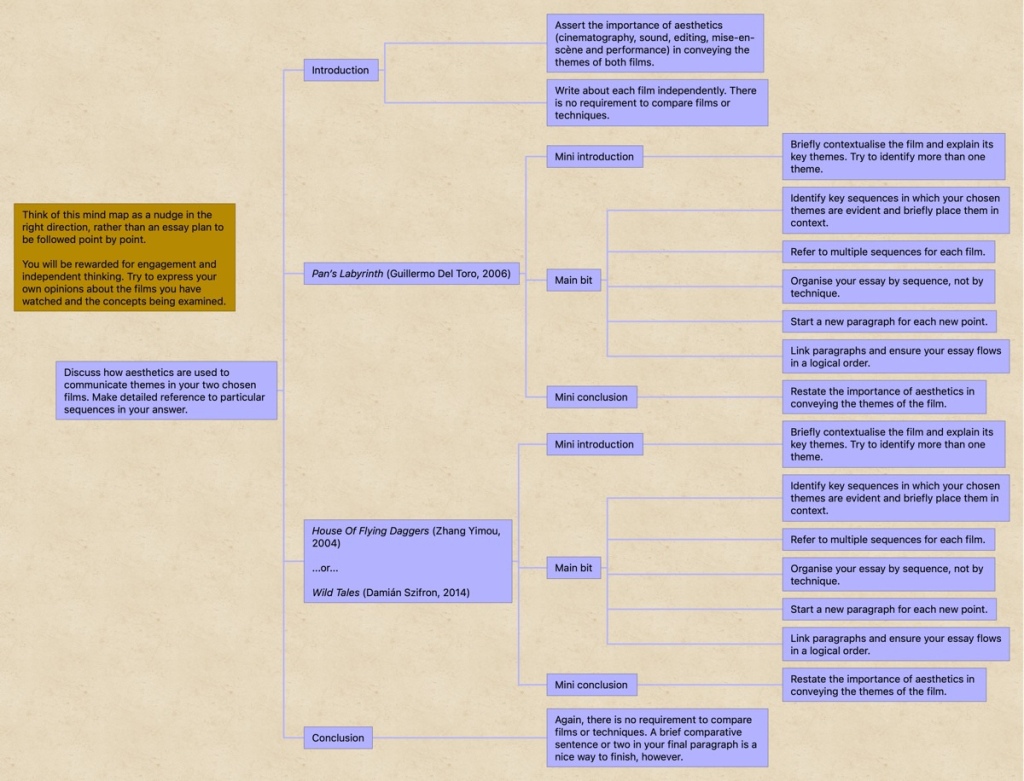
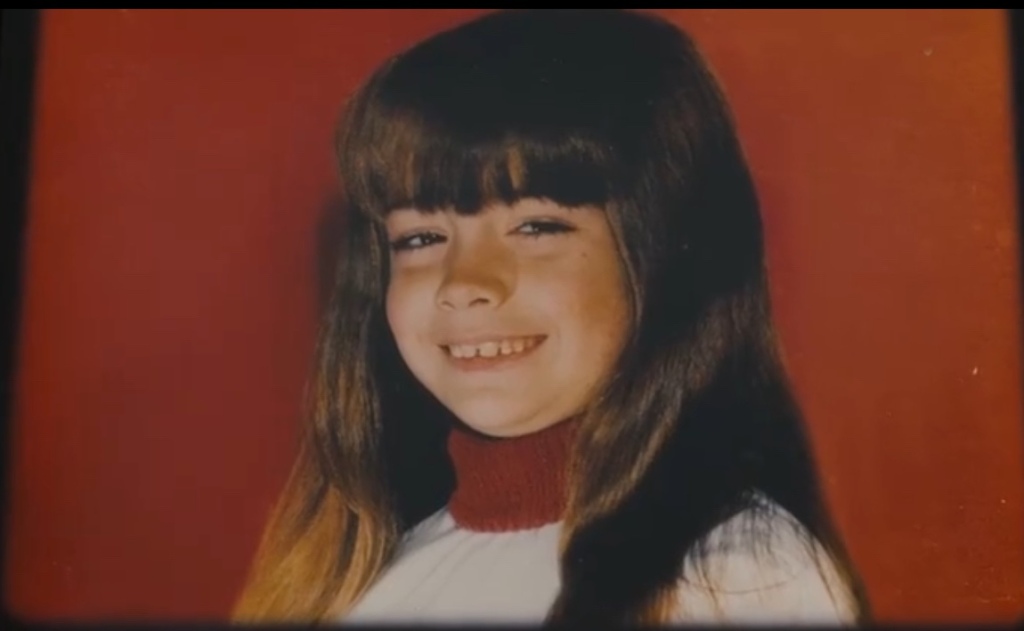
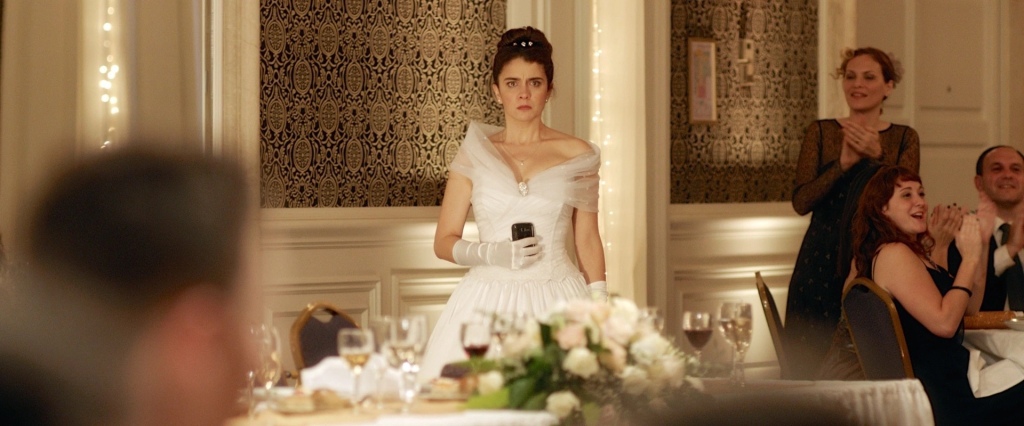


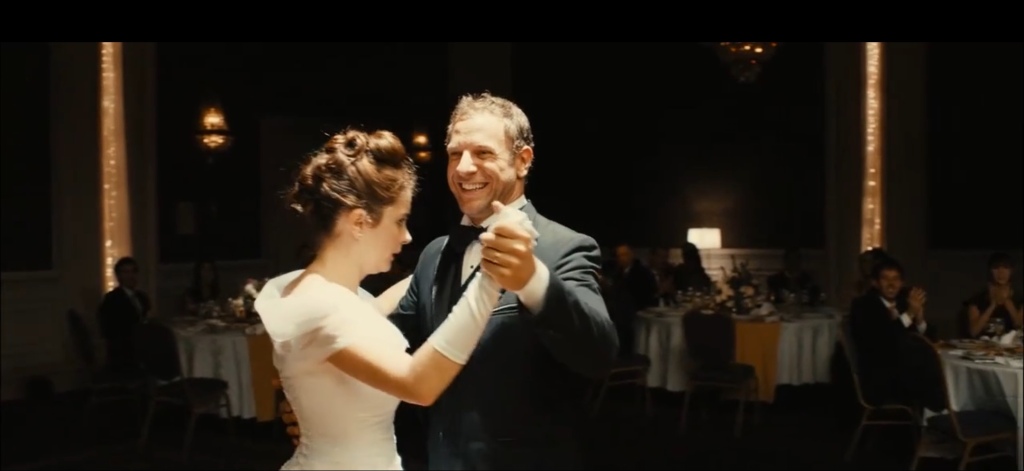
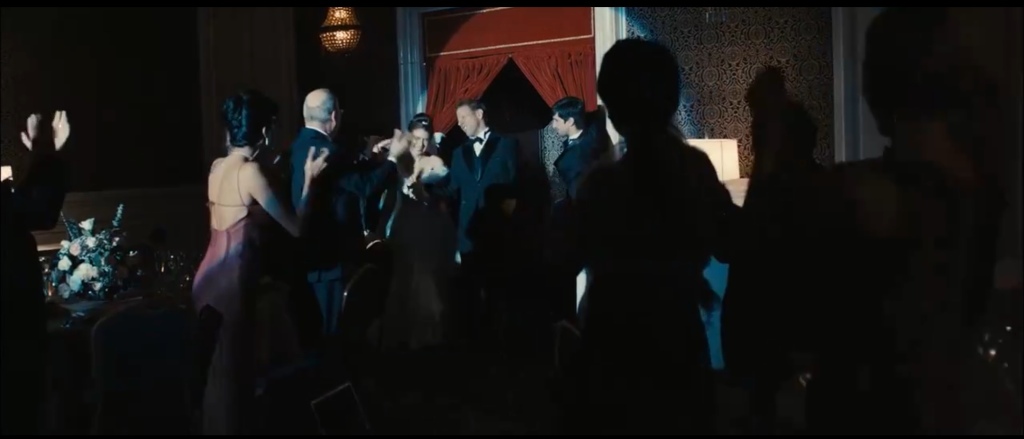

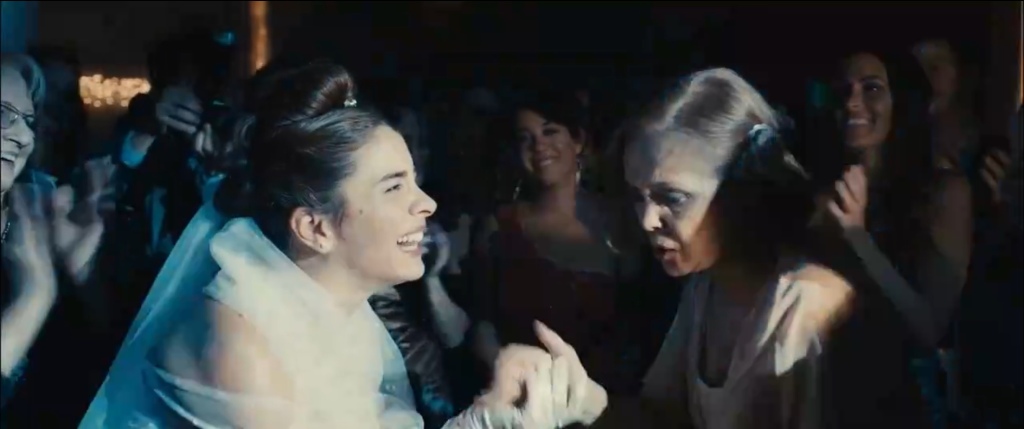
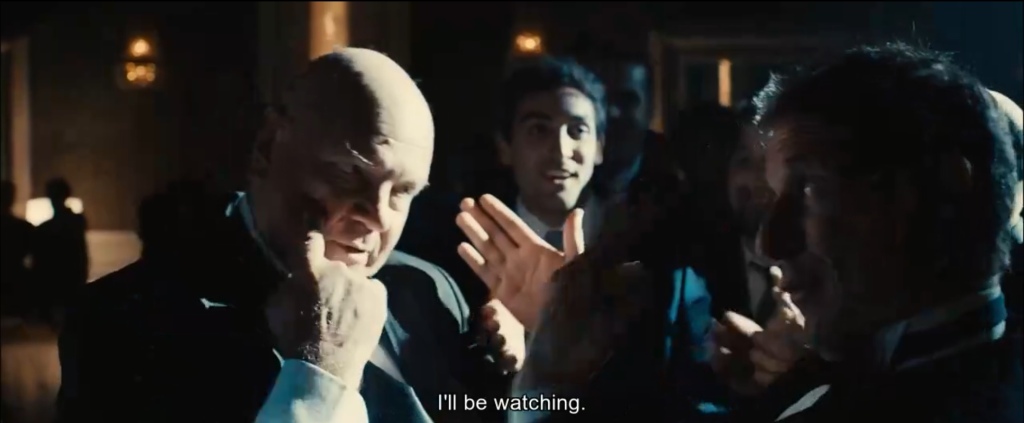

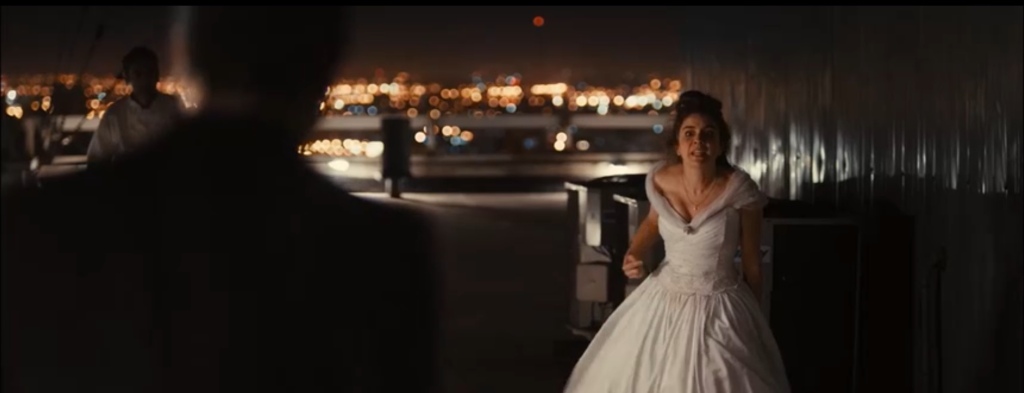


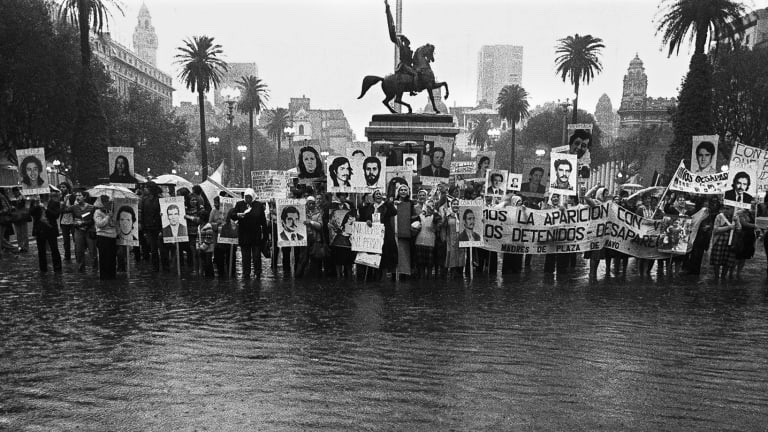
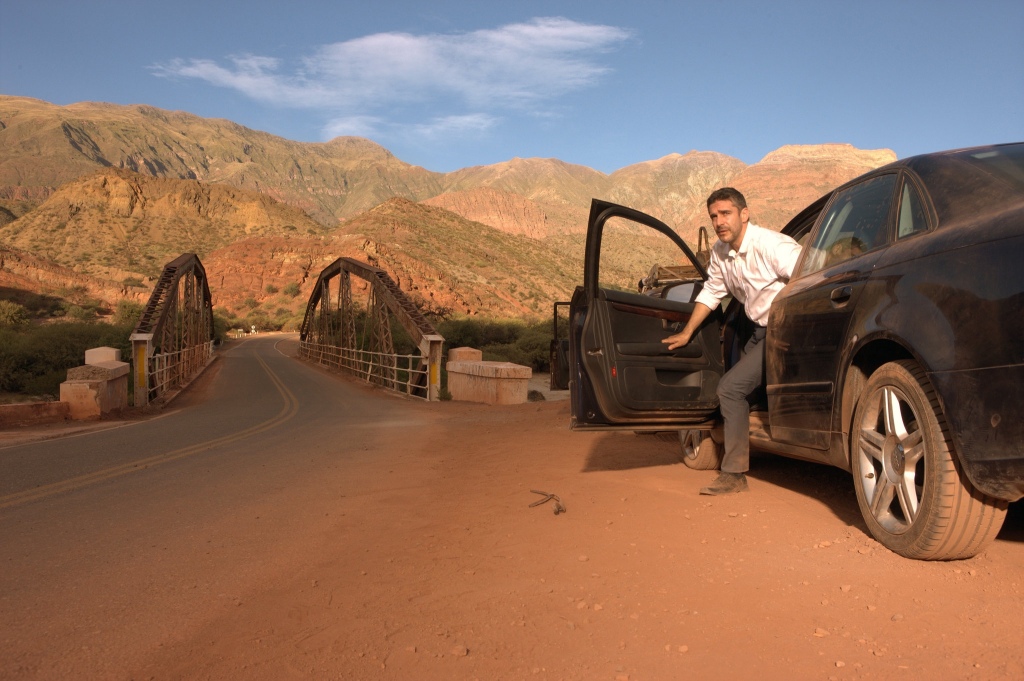
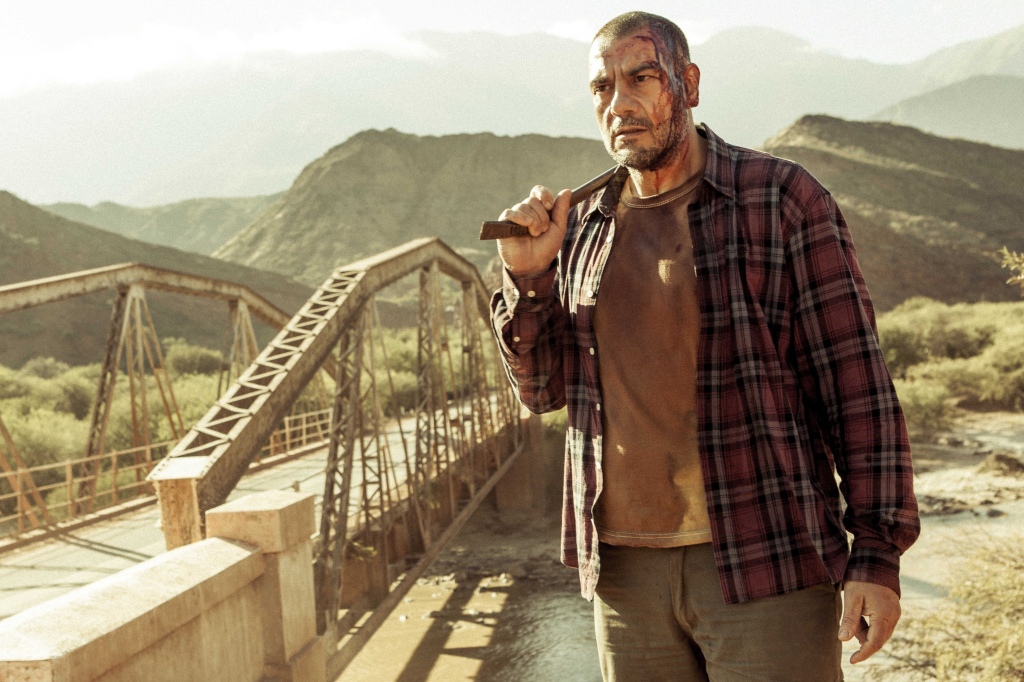
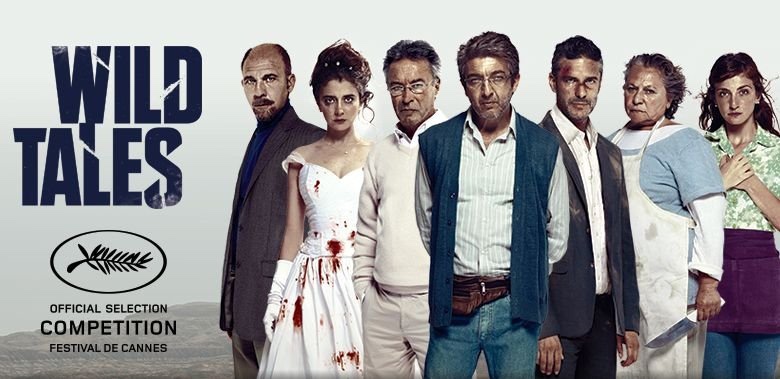
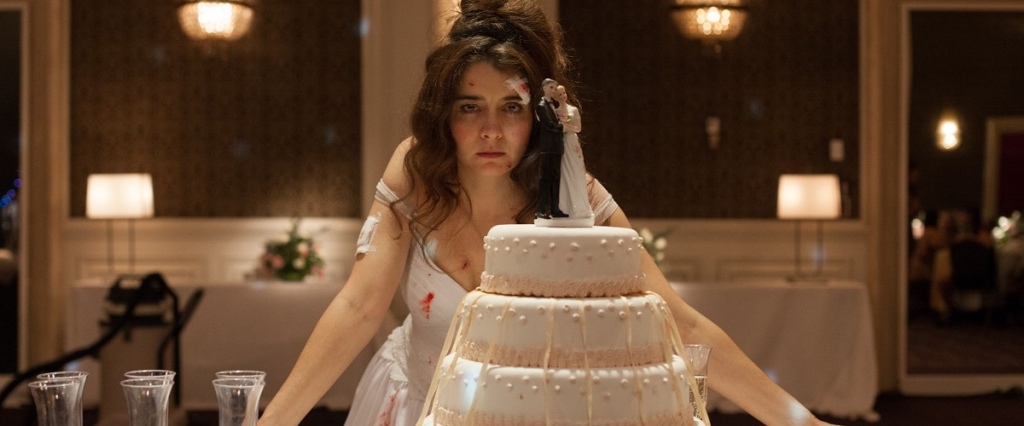
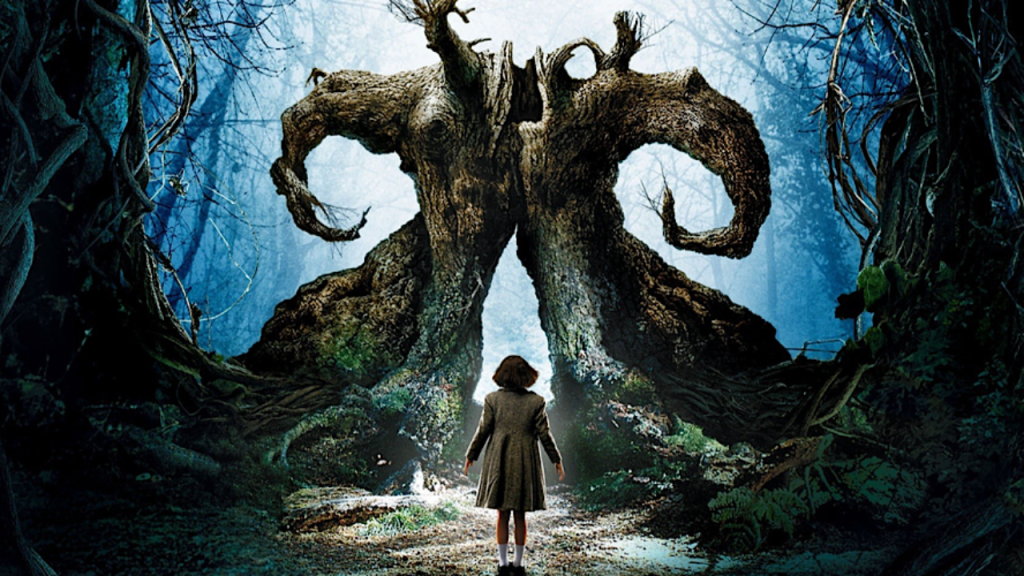
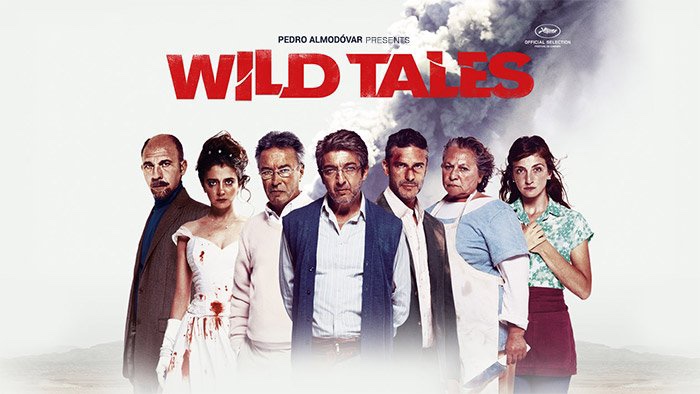
You must be logged in to post a comment.